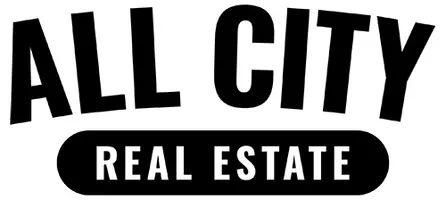
What is a Mortgage Underwriter?
When you are in the process of buying a home, there are many steps to follow. One of those steps is to work with a mortgage underwriter. They will review your loan application and make sure it meets the lender’s requirements. It’s important to understand the role of a mortgage underwriter so you

How to Calculate the Square Footage of a Home
One of the most important factors in determining the value of a home is its square footage. When an appraiser calculates the square footage of a home, they measure every room and all common areas. In this blog, we will discuss how appraisers calculate the square footage in order to determine an acc

Three Factors That Impact Your Pre-Approval Amount
Are you in the market for a new home? If so, you’ve probably heard about the importance of getting pre-approved for a mortgage before you start shopping. Knowing your pre-approval amount can give you an idea of what type of home you can afford and can help make sure that you don't overspend on your
Categories
Recent Posts










